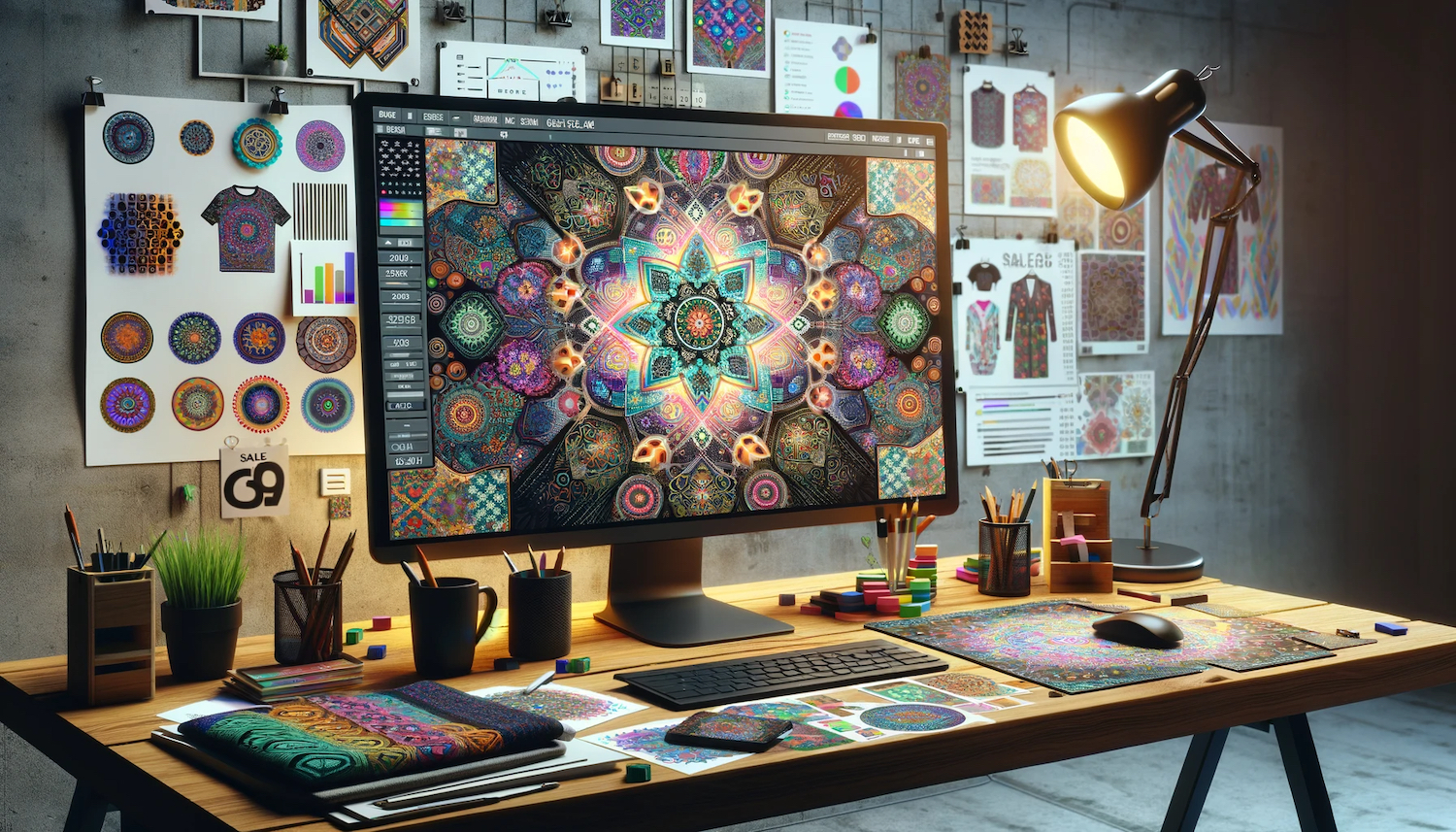
Paul Rose effectively highlighted a “very profitable AI side hustle” in his Medium article. This lucrative side hustle involves selling digital art on print-on-demand sites such as Zazzle, Society 6, and Creative Fabrica.
What’s particularly fascinating is the unique nature of the digital art he brings up.
AI can compete with artists. However, it often struggles to consistently deliver the unique essence of a truly exceptional painting that demonstrates insight and character. It might take years, perhaps decades, for AI to attain this level. There’s a possibility it may never entirely replace human artists.
However, Rose ventured into uncharted territory. He utilized ChatGPT to generate ‘Patterns’, which are repetitive images within a layout. A remarkable discovery emerged: ChatGPT is exceptionally adept at crafting patterns! Due to their inherently repetitive nature, ChatGPT’s profound grasp of human patterns enables it to reproduce them with detailed precision. Notably, in its replication process, it brings out the allure of Generative AI by ensuring each repetition is slightly unique.
Have you ever gazed at a tablecloth as a child, scrutinizing the repeating patterns and spotting subtle differences? ChatGPT can produce patterns on an extensive scale without exact duplication, filling the entire space with these nuanced variations.
Subsequently, Rose leveraged various platforms to apply the patterns they developed onto items like mugs, clothing, hats, and other memorabilia. He claimed that he earned $311.94 from this endeavor.
The beauty is AI is capable of creating ‘infinite’ pattern variations.
AI can effortlessly generate hundreds, thousands, or even tens of thousands of patterns, offering users an extensive selection. Users pick their favorite, and then GPT presents even more options. By crafting stable, intricate, and unique patterns, it ensures that users will likely find a design they prefer each time they view them. Usually, we refrain from purchasing because we don’t find anything appealing. However, if every user could discover a desirable pattern on each page, the likelihood of making a purchase would significantly increase.
Therefore, GPT has the potential to create a diverse range of patterns, drawing in numerous viewers and buyers, ultimately culminating in a vast database that boosts the efficiency of purchases. Beginning with simple patterns on printable items like mugs and clothing, this method could extend to other product lines and even lead to the creation of a new clothing brand, all while amassing a substantial amount of user data from the outset.
